Pakistan should focus on urban tourism
Increased tourism in cities can lead to job creation, cultural diversity, knowledge spillovers
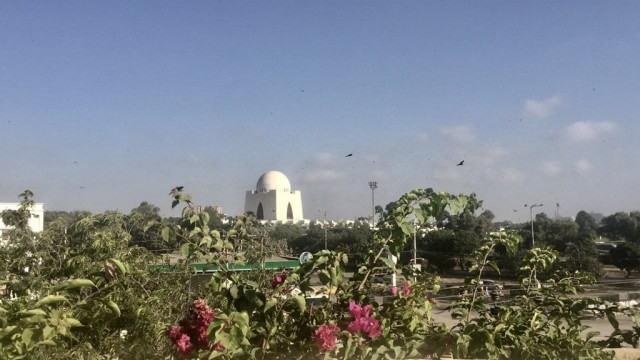
Karachi. PHOTO: EXPRESS
That is positive news to celebrate. However, the narrative on tourism is still narrowly focused on mountain ranges, lush green valleys and meadows in the north of Pakistan. However, tourism is largely an urban phenomenon.
A majority of the population in Pakistan lives in the plains of south, which is going through a massive urbanisation phase and cities are expanding. We have rarely heard about government’s efforts to make cities more friendly for domestic and foreign tourists and to market the potential of cities to attract tourism.
This article attempts to discuss this important and ignored aspect of tourism in Pakistan.
Owing to the rapid growth in the tourism sector and especially cultural tourism, the desire to explore different cultures has made tourism an economic backbone for some cities.
The impact of tourism on employment in the services sector is huge. Tour operators, guides, food providers and transporters are employed largely due to tourism.
It is evident from the fact that Istanbul alone has 700 large and small hotels with a total of 147,717 beds. Moreover, Istanbul earned nearly $34.5 billion from tourism in 2019.
Lima, capital of Peru with cultural and historic offerings similar to Lahore, is a hub of art and music and is famous for its colonial architecture. Lima welcomed two million visitors last year, earning almost $2 billion.
Similarly, Dubai earned $27.9 billion from tourism last year with 12 million people touring the city.
Pakistan has some of South Asia’s oldest cities with over 2,000-year-old history offering visitors a unique experience of its civilisation, historic sites and cuisines. The grandeur of buildings and monuments built during the reign of different dynasties and empires is reflective of the fact that this region was home to some of the world’s ancient civilisations.
Also, it is a testimony not only to the aesthetic sense of the people who lived here, but also a reminder that this region was once the world’s cultural and economic hub. Lahore was designated as the City of Literature by Unesco last year due to the literary touch the city has kept throughout. Talk about poets, writers, activists and artists all that this city has produced.
Istanbul, which is also a sister city of Lahore, welcomed 15.5 million tourists last year and almost 80% of the city revenues were generated by the tourism sector. Both cities have similar tendency of being a combination of modernity and ancient culture.
Similarly, Rawalpindi’s Raja Bazaar, Peshawar’s Qissa Khwani Bazaar, Gwadar’s Shahi Bazaar, Multan’s architecture and Karachi’s Burns Road can attract a lot to tourists.
Pakistan’s 64% population is under the age of 30. The promotion of tourism in cities would develop a new class of young entrepreneurs, which would perceive the amazing opportunities and in their pursuit would create new businesses and jobs.
Cities as cultural centres
In order to tap this opportunity, we need to brand and reimagine cities as cultural centres where visitors can discern the architectural monuments, cultural and spiritual offerings, historical sites, museums and art galleries.
We need to improve mobility and hoteling experience in the country. Secondly, we should use technology and modern management tools to inform and help tourists about cities.
Because, for the tourists, the satisfaction derived from visiting a place depends not only on the experience of tourist attractions, but also on the more general factors such as safety, health and hygiene, hospitality, behaviour of local population and facilities tourism authorities provide.
High-speed traffic in cities contributed to the congestion on roads, destroyed the fine-grained pedestrian network and caused hurdles to the free movement on foot. The street lost its intimate scope and openness in overlooking the tourist experience and became a simple service path, deprived of any public life.
Informal economy
This is detrimental for a country like Pakistan whose majority of the population works in informal economy.
Informal economy includes small businesses and services usually on roadsides. Therefore, we need to make the cities walkable and people-friendly to promote tourism.
Street vendors offer cheap and quality food and if we offer them spaces along roadsides that will increase the livability of the cities.
City development authorities should be tasked to lease public land for developing budget hotels in city centres. An increased number of budget hotels would play a big role in accommodating the visitors based on their needs and wants.
Increased domestic and foreign tourism in cities can generate multiple benefits in the form of job creation, cultural diversity, knowledge spillovers and responsive city management. To achieve this goal, we need to shift the narrative on tourism from mountains to the burgeoning cities.
Usman Naseem studies economics at LUMS and is interested in contributing to the dialogue on public policy and economic development.
Naveed Iftikhar is an entrepreneur, teacher, and economic/urban policy professional having education and interest in urban governance, entrepreneurship and economics
Published in The Express Tribune, February 24th, 2020.
Like Business on Facebook, follow @TribuneBiz on Twitter to stay informed and join in the conversation.


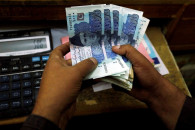
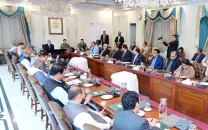

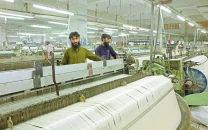
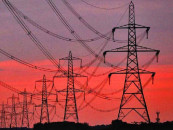












COMMENTS
Comments are moderated and generally will be posted if they are on-topic and not abusive.
For more information, please see our Comments FAQ